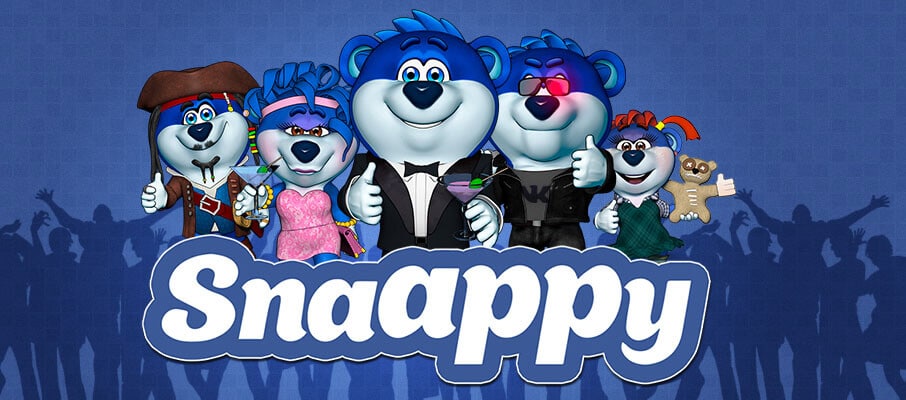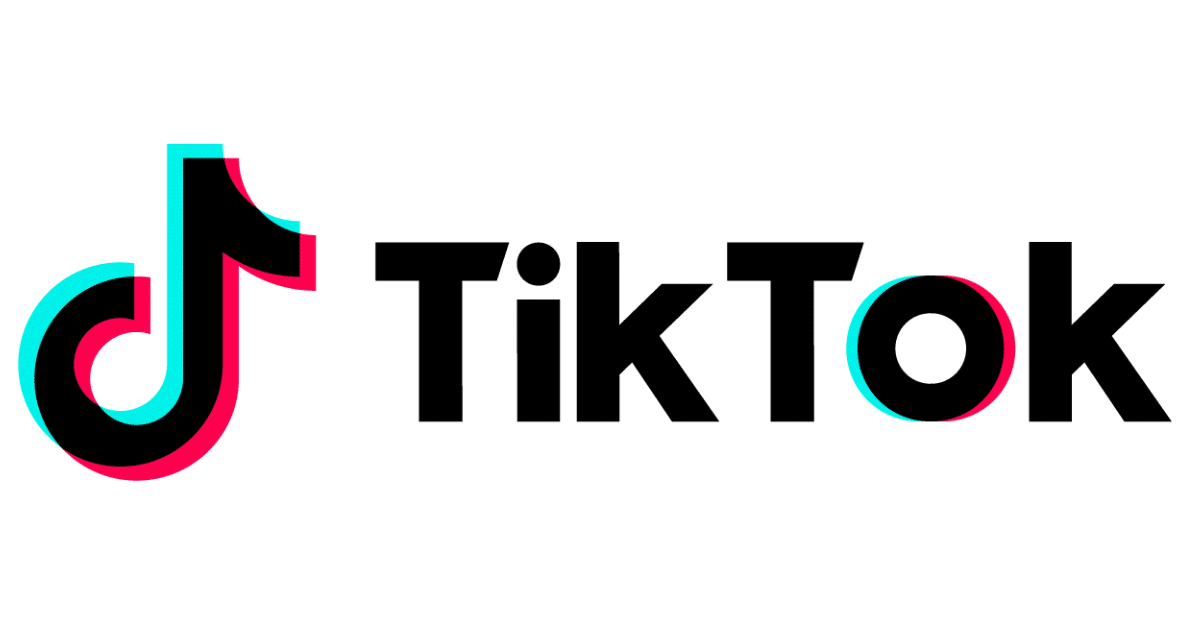
AR Insider Interviews is a series that profiles the biggest innovators in XR. Narratives are based on interviews with subjects but opinions and analysis are that of AR Insider. See the rest of the series here.
One mark of early-early stage sectors is lots of experimenting to feel out product strategies. That’s where we are with AR in terms of feature sets, user interfaces and revenue models. What’s resonating with users? And where will revenue come from? These are open questions.
But there are lots of clues developing. Early AR leaders like Snapchat (AR Lenses) and Pokemon Go (gamified geo-relevant AR) are essentially large-scale experiments in AR engagement and revenue. Smaller players are also coming up with valuable findings.
One of those players is Tel Aviv-based Snaappy. CEO Gal Shvebish got us thinking a while ago about the importance of AR’s novelty combined with frequent activities like social messaging. Having both is important for a “wow factor,” that sustains beyond the first use.
The latest is a new set of features that will launch this week. And they come with a fresh batch of learnings from large-scale product testing. “There aren’t a lot of companies out there that have as much experience as we do in social AR,” Snaappy CEO Gal Shvebish told us.

Social Discovery
Before diving into those findings, what is Snaappy? For those unfamiliar, it lets users overlay a set of animated characters into real-world scenes. That’s done in the context of social messaging (like Snapchat Lenses but different), location-based discovery and other functions.
The latest updates include a new AR video editor. It will let users add text, stickers and gifs to any scene, edit in real time, record and share to a public feed. This takes signals from the newest craze, TikTok, and taps into demand for AR-enhanced video creation and sharing.
The updates also bring Snaappy from messaging to social discovery. For example, a public feed will appeal to those who want to create and share media with a larger audience (one-to-many). It also adds a discovery component for those who want to browse AR content.
“In general, our company is starting a big transition from serving as an AR communication tool — or AR messenger if you would like — for selected amounts of friends, to an AR social network where users can also share and discover public content,” Shvebish told us.

Lessons From the Field
The new features are inspired by a combination of AR products including Google Playground, Snapchat and, as mentioned, TikTok. It cherry-picks aspects of each, which Shvebish believes represent the magic formula of social AR. That includes examining what they’ve done wrong.
For example, when studying the phenomenon of TikTok (500 million users), Shvebish learned that the average 15-second video is edited for two hours on average. Snaappy’s new features are meant to tap into the same demand but with a more streamlined and speedy editing tool.
Another key finding was that most social feed users view content, while a smaller share actually create content. So to maximize compatibility and network effect, that larger camp of viewers don’t need AR compatible phones. They just need to see video… a ubiquitous format.
“When we created AR messages, both the sender and receiver needed an AR-enabled device,” said Shvebish. “But content creators are less than 5 percent of the community. The rest are just viewing it. So we thought, let’s make it video. Video is super popular right now.”

Specs Versus Scale
Another key finding: At this early stage of spatial computing, scale is more important than specs — a concept we’ve examined: For example, Oculus decided to strip down capability in the Oculus Go to achieve greater scale — in its case through lower-price “good-enough” VR.
Google’s ARCore did similar: moving from the high end — though cost prohibitive — Tango, it opted instead for a lighter-weight product that could be deployed on hundreds of millions of smartphones. Snaappy’s version of this lesson lies in the granularity of its AR animations.
In other words, its previous approach involved a set of characters that were perfected in terms of interactions and animation quality. They’re similar in this respect to Google Playground: though impressive in animation, they’re limited in utility as we’ve argued and as data validate.
“If you are building a content creation tool based on AR, and you are forcing your audience to create content that will match the characters you designed, chances are that users will not know what to do with it,” said Shvebish. “Even if it is super attractive like Google Playground.”
Shvebish believes instead that lower-quality animations produced or aggregated at scale create higher-quality experiences. That’s because volume and variety enable more combinations of AR experiences that users can customize for self-expression, which is really the important part.

Big Vision
Snaappy plans to scale up this capacity for self-expression by aggregating AR animations from several sources. It’s working with Sketchfab for 3D objects, Bing Image Search for 2D images, gifs from Giphy, and hundreds of additional AR stickers that it will create in-house.
The scale this is hoped to achieve is a key step in Snaappy’s vision for a social graph. Though it believes its technology could be licensed out, it’s more interested in keeping its eye on the prize of a consumer-facing AR brand — a battle that’s won on sustained user engagement.
As for how it will make money, Shvebish is big on in-app-purchases through games that Snappy’s social interactions drive. This builds on existing Snaappy-themed mini-games. Brand advertisers are also hungry to create AR product engagement, as Snapchat has shown.
Meanwhile, Shvebish knows that the path to this vision requires more capacity for scale. Highly polished animations are important, but not if they’re limited in utility and range, and if they lose appeal after the first use. The ideal combo is quality and quantity, but the latter will come first.
“Instead of having 20 or 30 amazing experiences, I’d rather have 50 million experiences in AR, and I do understand that it will mean compromises,” said Shvebish. “We are now willing to comprise quality for quantity in order to be the go-to tool for real content creation.”
For deeper XR data and intelligence, join ARtillery PRO and subscribe to the free AR Insider Weekly newsletter.
Disclosure: AR Insider has no financial stake in the companies mentioned in this post, nor received payment for its production. Disclosure and ethics policy can be seen here.
